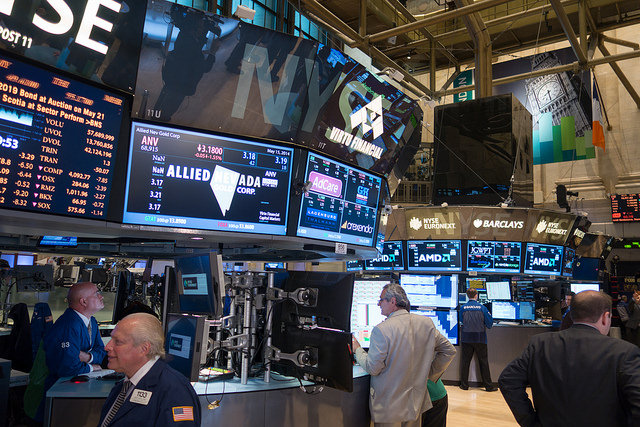Nadia Grant, Fund Manager at Threadneedle Investments, addresses some of the questions currently on the minds of US equity investors. Overall, she believes that US stocks are very attractively valued in relation to other markets and will gain support from a broad-based economic recovery.
Last year we saw relatively strong economic growth in the US, but a slowdown elsewhere, while oil prices have now halved and the US dollar has surged. Given those developments, how sustainable is the US recovery and will the shape of that growth be affected?
We think the US economic recovery is broadly based and are forecasting GDP growth in 2015 of around 3%, which should provide a very supportive backdrop for equities. We expect the consumer to account for around two-thirds of this growth, at about two percentage points, up from 1.6 percentage points in 2014. The collapse in the oil price is benefitting US consumers enormously. They are now paying an average US$2.14 a gallon, and just US$1.80 in some states, rather than US$3.50 before the oil price drop. These extra dollars provide a considerable boost to lower-income workers, who have a significant propensity to spend. Thus, the lower gasoline price is highly stimulative for the economy.
We expect investment to contribute about one percentage point to overall growth, a level which is also higher than last year.
Interest rates have not risen in the US for nearly nine years but the Federal Reserve has been guiding investors to expect a rise at some point this year. Do you think that this is a reason for US equity investors to be fearful?
No, we do not think investors should be concerned. The Federal Reserve’s guidance reflects the fact that interest rates are abnormally low by historical standards, and more importantly, that the US is on the path to a self- sustainable recovery and thus a normalisation of interest rates. A rise in interest rates would provide concrete evidence of the Federal Reserve’s confidence in the recovery and that view should also support equities. Historically, the market tends to anticipate the first rate hike six months in advance of it taking place and tends to be a lot more volatile during this period. However, historical evidence indicates that rising interest rates have no material impact on the market six months to a year after the first rate hike.
US equity market valuations were at the top of investors’ minds in 2014. Our view was that valuations were quite reasonable and that earnings growth would drive market gains and this proved largely correct. What is your view of valuations going into 2015?
The market has not re-rated but has simply grown in line with earnings and we expect this trend to continue in 2015. The consensus is that equities will be trading at about 15 times PE by the end of the year, which is in line with the market’s long-term historic average. Thus, we think that US equities are neither expensive nor cheap. Given that the US is the sole engine of global growth and given how sound the recovery is, we believe US stocks are very attractively valued in relation to other markets.
What about the inflation?
Low inflation means the rate at which equity cashflow is discounted is also low and historically this has been very supportive for the market. Economic fundamentals and earnings growth should underpin expectations for 2015. As mentioned, we are forecasting 3% GDP growth, which translates into 5-6% revenue growth, some profit margin expansion and buybacks of around 1%. Thus, we anticipate high single-digit earnings growth in 2015, which is high by historic standards.
How are you positioning the American Fund for 2015 and could you provide examples of stocks in which you have the highest conviction?
We focus on companies that are uniquely placed in terms of having secular growth drivers and pricing power. Consequently, in the American Fund we are overweight in the technology and healthcare sectors, which are home to companies that have disruptive new technologies as well as pricing power. Meanwhile, we are underweight in energy and telecoms. We believe energy prices have yet to find a floor, yet the stock price of companies within the sector does not reflect the fall that we have seen in the oil price, while the telecoms sector is subject to intense competition and price erosion, in other words the complete opposite of what we seek.



